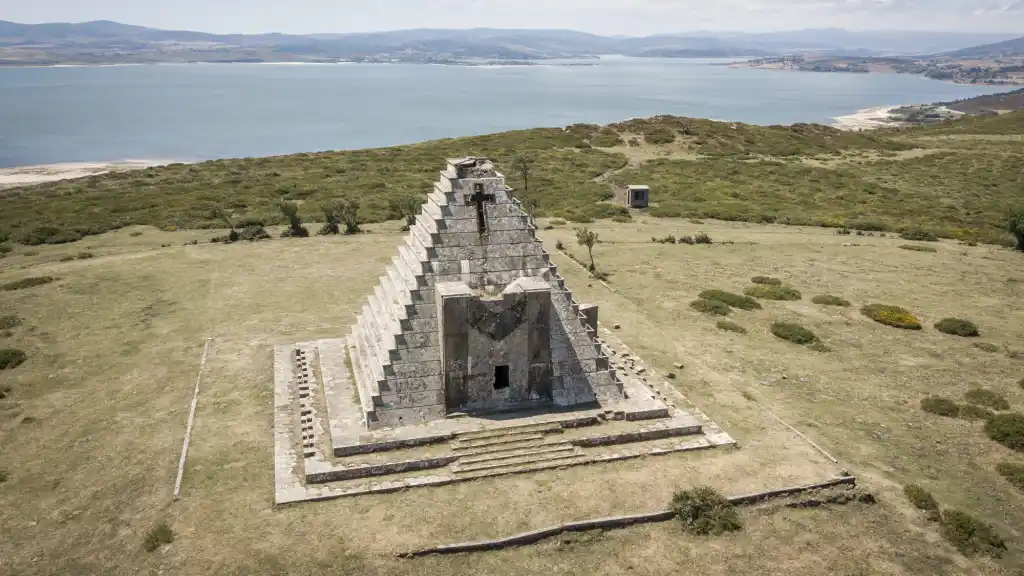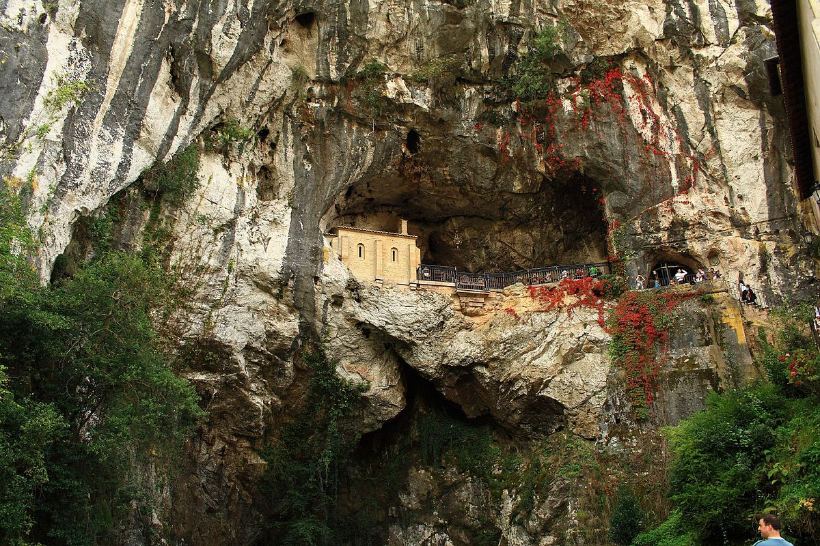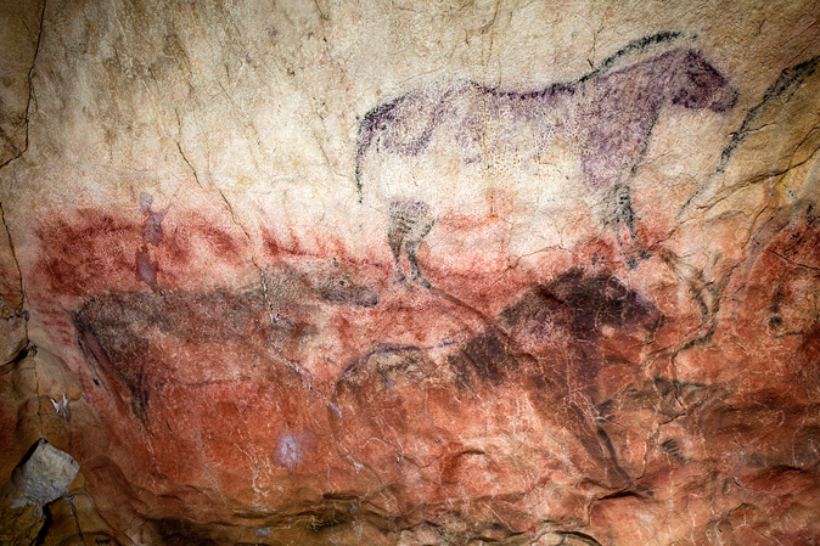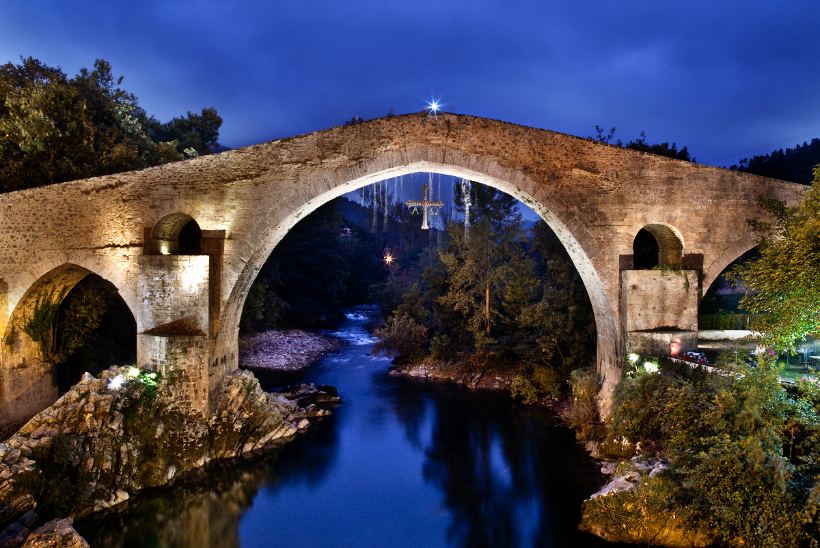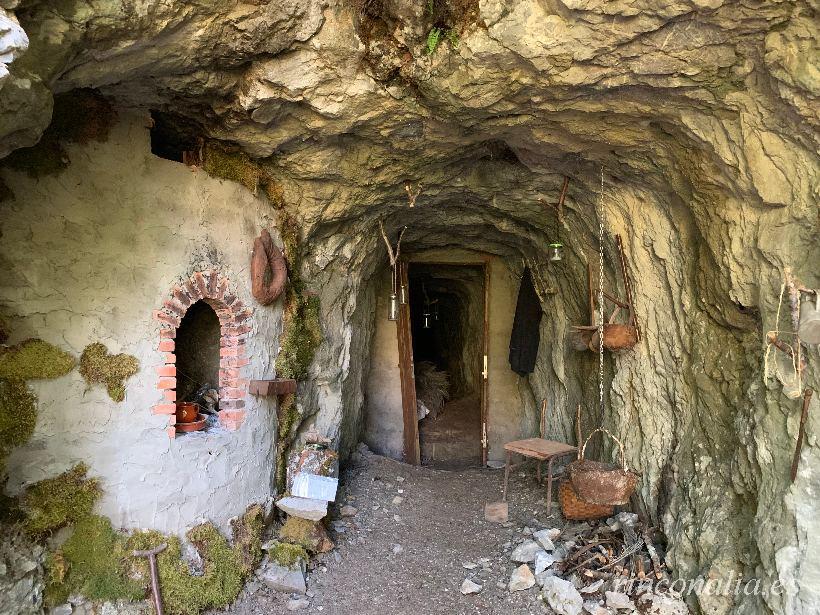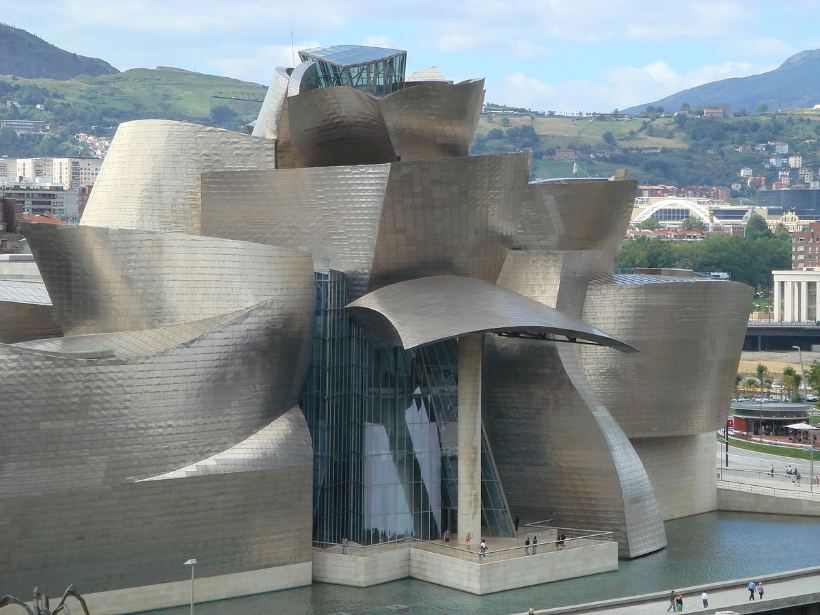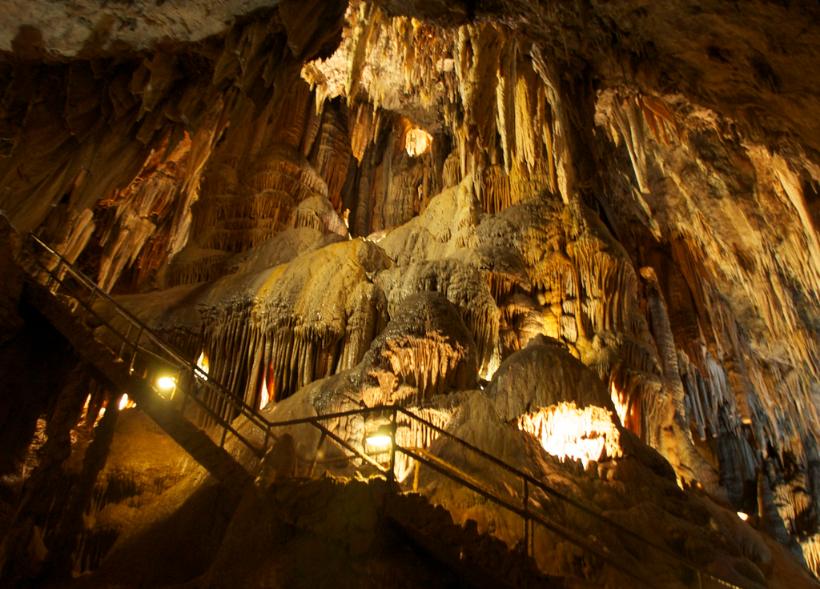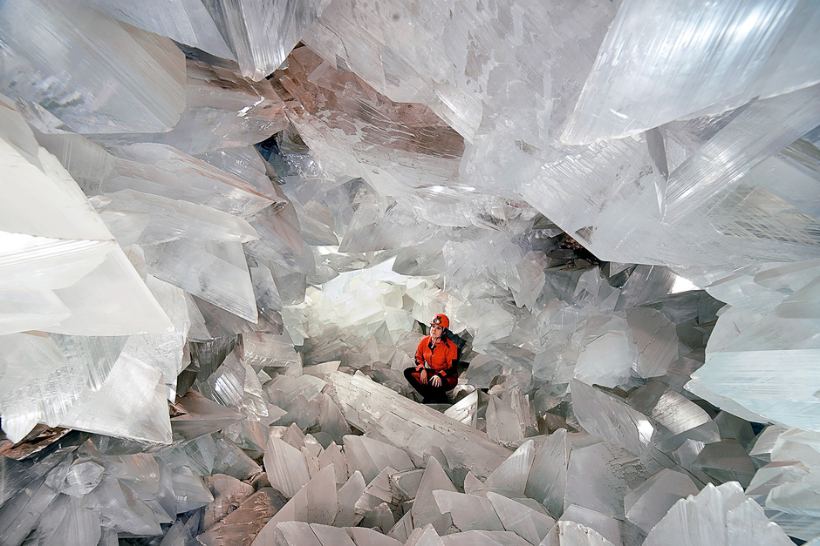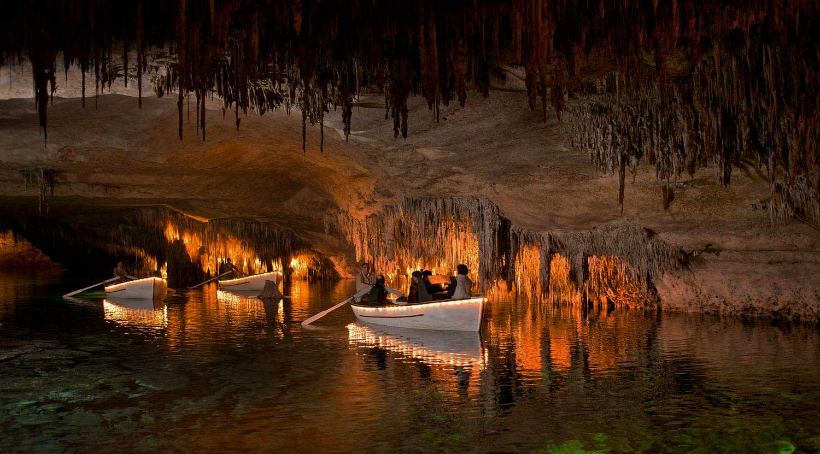Altamira Cave
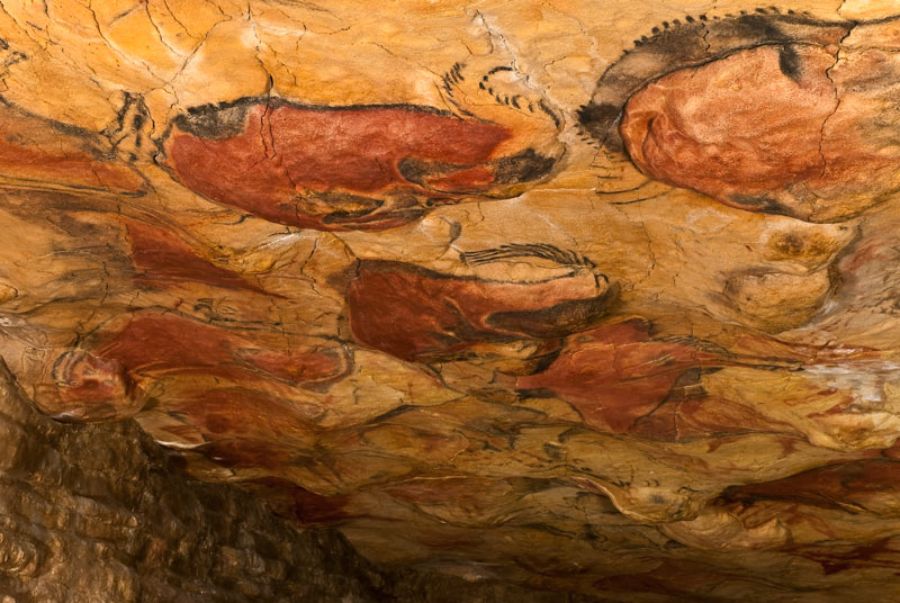
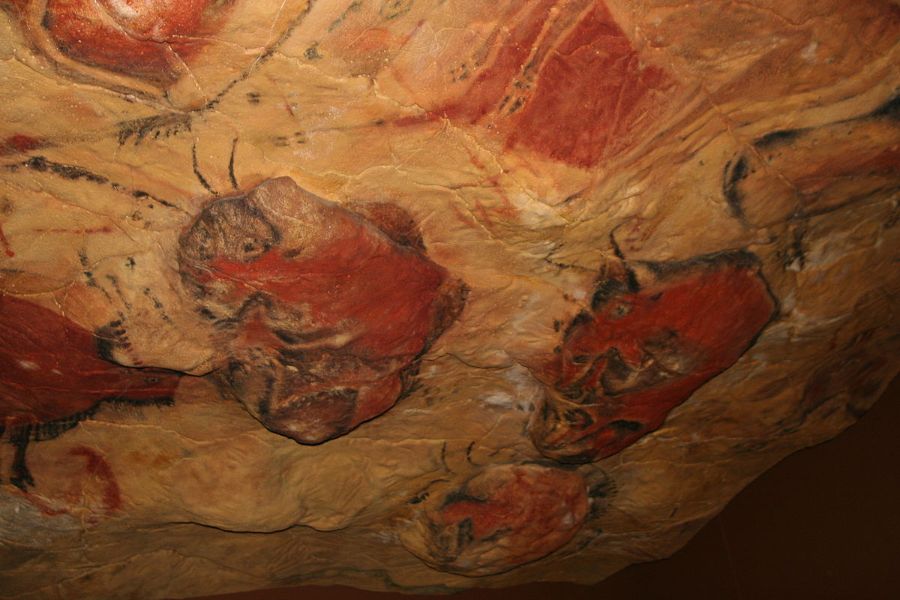
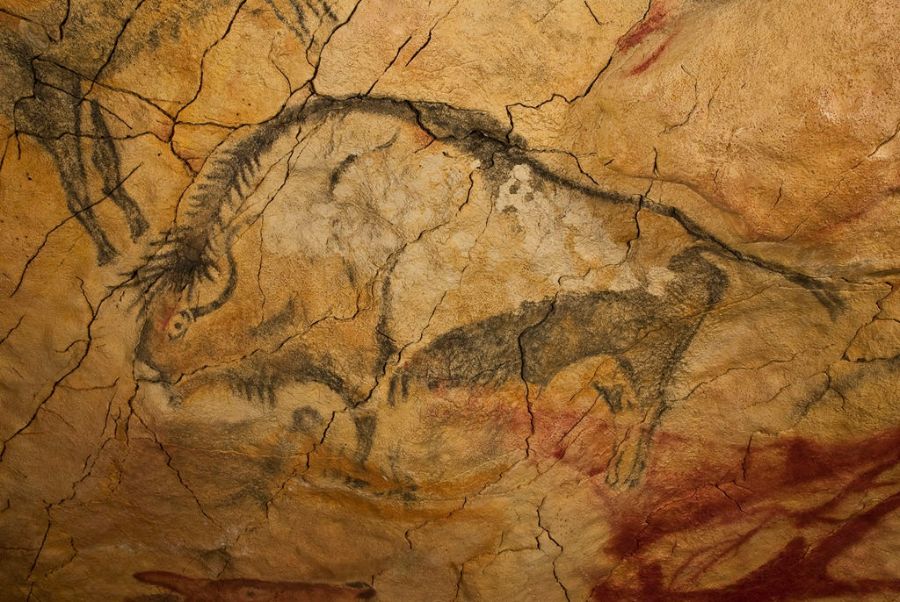
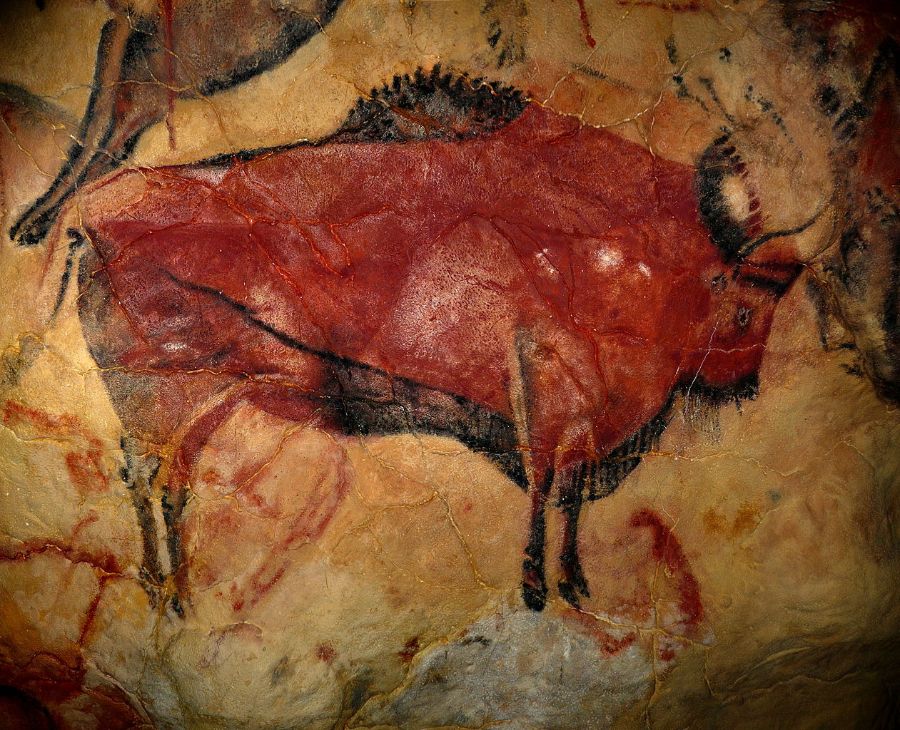
Actualizado el
The Altamira Cave in Cantabria holds one of the most exceptional examples of Paleolithic rock art. Its famous painted ceiling in the Bison Chamber has been likened to the “Sistine Chapel” of prehistoric art.
Discovery of Altamira Cave
- 1868: Discovered by Modesto Cubillas and reported to Marcelino Sanz de Sautuola.
- 1879: Sautuola’s daughter María exclaimed “Look, Papa—bison!” upon finding the paintings.
- 1880–1902: Debate over authenticity until comparable finds in France confirmed them.
Features of Altamira
- Length ~270 m with vestibule, main gallery and side chamber.
- Occupied by humans from 35 000 to 13 000 years ago until sealed by a collapse.
- Paintings dated ~14 000 years old depict bison, deer, horses in red ochre and black outlines.
Replica and Conservation
- The original cave is closed to protect the art.
- The Neocave—an exact replica in the Altamira Museum—recreates the structure and pigment palette.
- 1985: UNESCO World Heritage designation; 2008 expanded to include Paleolithic cave art of northern Spain.
Altamira is not only a pioneering milestone in prehistoric art recognition but also a living testament to our ancestors’ creativity, preserved today through careful protection and the immersive Neocave experience.
How to get there
El Museo de Altamira se encuentra situado a 2 km del núcleo urbano de Santillana del Mar, en la Comunidad Autónoma de Cantabria. El Museo dispone de aparcamiento gratuito vigilado en el interior del recinto para coches y autobuses. Avda. Marcelino Sanz de Sautuola s/n. Santillana del Mar.
Decimal: 43.377500°, -4.122222°
DMS: 43°22'39" N, 4°7'20" O
